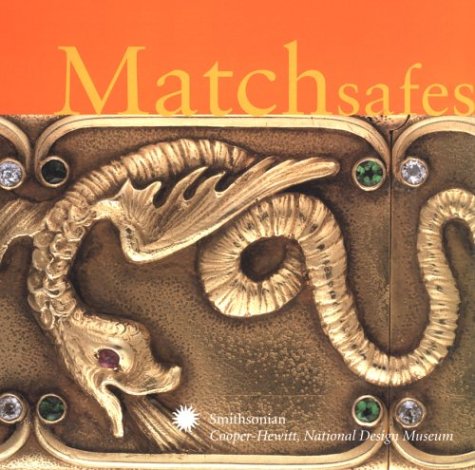The "Luminus" electrical lighter (fr. Allumoir électrique) was invented, patented and manufactured by BERNARD-ALEXANDRE CARRIER in 1900 in Paris (rue Fenelon 7), France. It based on the invention of a fluid cell battery by Grenet
It was advertised in the French press as "essential device for you. Instant light by pressing a button" (fr. Appareil indispendable chez soi. Lumiere instantanee en pressant un bouton)". It was the best known bichromate electric lighter and the "Luminus" name is now in use for other lighters that type as well.
The Luminus lighter operated on a liquid battery (bichromate potassium) and carbon electrodes that were situated in the bigger glass bottle. By pressing the button a zinc plate submerges into the fluid and current is flowing into the platinum filament which is glowing. It lights up the pilot wick which lights the main wick for longer use without need to keep the button pressed and stressing the battery. Both wicks were emersed in petrol in the small bottle. According to Carrier 600 ignitions were possible till a next refill of bichromate potassium.
It was advertised in the French press as "essential device for you. Instant light by pressing a button" (fr. Appareil indispendable chez soi. Lumiere instantanee en pressant un bouton)". It was the best known bichromate electric lighter and the "Luminus" name is now in use for other lighters that type as well.
The Luminus lighter operated on a liquid battery (bichromate potassium) and carbon electrodes that were situated in the bigger glass bottle. By pressing the button a zinc plate submerges into the fluid and current is flowing into the platinum filament which is glowing. It lights up the pilot wick which lights the main wick for longer use without need to keep the button pressed and stressing the battery. Both wicks were emersed in petrol in the small bottle. According to Carrier 600 ignitions were possible till a next refill of bichromate potassium.
The first model of the Luminus lighter won the gold medal at the 1900 Exposition Universelle in Paris and was replaced in 1904 by the second model which introduced a second cap and was produced until 1914 (vide patent drawings no. FR3883).
The glass bottles of the Luminus were made mainly in cobalt blue, less common are light blue, green, yellow or orange glass. The lighter is unmarked. The LUMINUS lighter is exposed among others at the: Deutsches Heildelberg Museum-Castle and Museum Bryant & May to London-Museum of Arts&Crafts in Paris.
Type: electrical petrol (wick) lighter
Scarcity: uncommon-rare
Weight: ca. 600 grams
Type: electrical petrol (wick) lighter
Value for very good condition: 300 USD (approx. 250€)
Weight: ca. 600 grams
Dimensions:
- height: 22.5 cm
- width: 10 cm

















